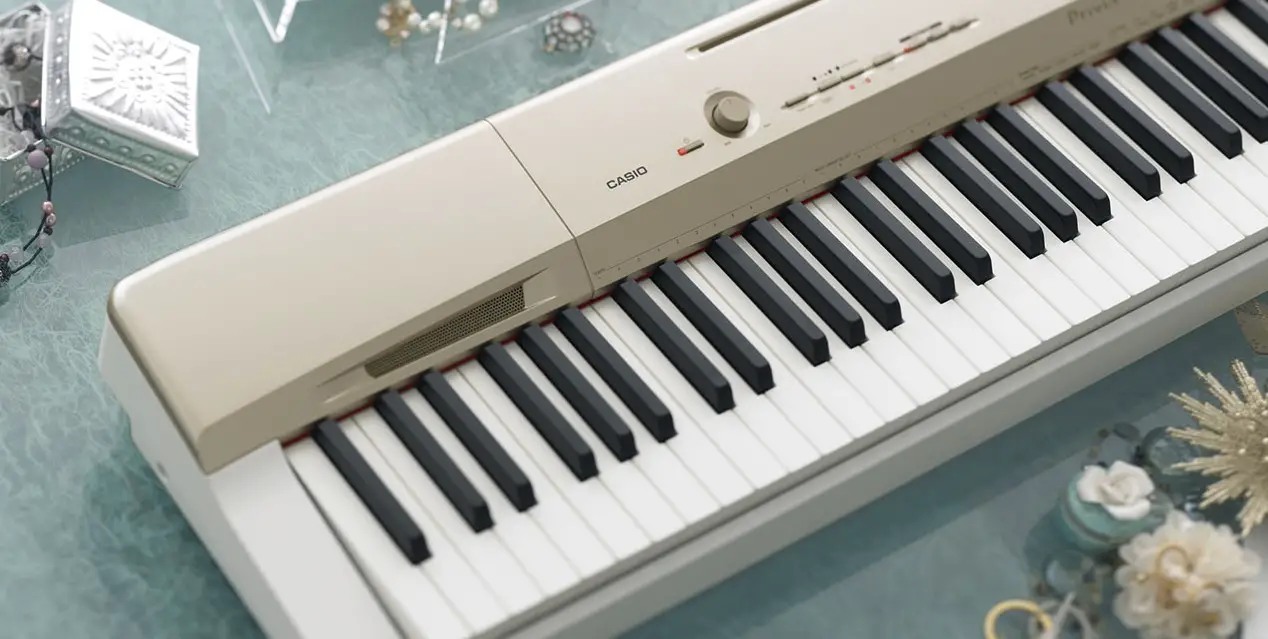Casio Keyboard Junkyard
The Recy Cled Keyboard
- NOTICE: CasioKeyboardParts.com is an independent company, not owned by or affiliated with Casio Computer Co., Ltd., of Tokyo, Japan, except for being an authorized dealer for some of its products.The name, Casio, is wholly owned by Casio Computer Co., Ltd., of Tokyo, Japan, and is only displayed on this web site for the purpose of the promotion and the sale of Casio keyboard accessories, parts.
- ★- $115/BO Casio 61 key electronic keyboard. Make an offer on my junk $0 (Circle Pines) pic hide this posting restore restore this posting.
- Built from a Casio electronic keyboard found in the trash
- Provides Portamento controlled CV and Gate voltages for most analog synths.
- Circuit design by Ray Wilson of MFOS.
- +/- 12VDC operation
- Utilizes a diode matrix over 4 octaves.
Download 340 Casio Electronic Keyboard PDF manuals. User manuals, Casio Electronic Keyboard Operating guides and Service manuals.
What exactly is a ‘Recy Cled’ (pronounced Racey Kled) keyboard?
I was walking along the street, and noticed a smashed up Casio electronic keyboard. Casio makes dozens of models of low end electronic-toyish-almost-synths and they are basically crap. The action on the keys are crap, the components are crap and they sound like… well crap. But this site, my art and the concept here is to ‘repurpose or recycle’. I wanted to build a CV/Gate keyboard the old school way, but to be honest, you can buy an Arturio Keystep which actually has decent key action and hardware for a low price these days. So why bother? Because this site, my art and the concept here is to ‘repurpose or recycle’….
Old school keyboards are generally made from a large resister ladder. Basically, at each junction of a resistor pair you would get 1/12 of a volt higher than at the previous junction. Why 1/12 of a volt you ask? How many keys are there in one octave… 12. So, we start on the far left at zero volts, push the first key we get 1/12 of a volt or 0.0833 volts. Next key will be 0.1666 volts, next key will be 0.2499 Volts, etc, etc.
When we hit 1 Volt, we start the second octave, 2 volts the third, and so on. That is the basic principle for analog synths using 1 Volt per octave tuning. Nobody actually builds resistor ladder keyboards anymore commercially, because the resistor tolerances are relatively critical . You need to ensure that your resisters are within .1% of a theoretical value or else the tuning with be horrible, from octave to octave or even key to key. They are also affected by temperature and all sorts of wacky electrical bits. Back in the 80s, they started using a diode matrix scheme, and that Casio I found, had the same design. By using multiplexors, counters and flip flops readily available, you can look at the keyboard much differently. Each octave can be a column and each key can be a row. Two multiplexors are used, one of columns and one for rows. If you really want to learn, best go here a review the schematics at Ray’s site. It still uses an R1/R2 resister ladder, but with far less junctions so getting it within tolerance is easier.
The image on the home page actually shows keyboard I found. I only salvaged the keyboard mechanism, the rest was smashed to smithereens and then, only 4 of the 5 octaves were intact. I searched the part numbers on the internet and found a schematic for the exact keyboard matrix I had. There is a larger version below, but Ray’s Schematic put 8 keys in one column.. 8?

The Casio Diode matrix:
Casio Keyboard Junkyard Band
Really messes up the count of 12, so I reversed the row with the columns in Ray’s schematics and only counted to 6 in any row. So there are 8 columns of 6 keys which spanned the 4 octaves nicely.
Ray Wilson’s Diode Matrix switch schematic:
On the back of the keyboard there is the sensor board where the keys make contact. Below you can see that there are diodes on one side and touch sensors on the other. There is one diode and one sensor for each key, All I had to do was map out the connector using a continuity tester. Then I matched up the rows and columns not the circuit board with the Rn & Cn points from Rays schematic.
Then I added wires, Green are columns and red are rows so I know which multiplexor they go to. The second grey ribbon stays in place as it connects keyboard strips together. They way this was designed, Casio used a large strip for the 3 octave units, and a shorter strip for the 2 octave units and then connected them via this ribbon to make 5 octave units. Production engineers are pretty smart at saving steps and money sometimes. Also, for this circuit I had to modify the diodes to match Ray’s design, so I cut each one off and replaced it with a 1n914, but in the opposite orientation.
Below is the completed circuit boards for the controller. Yep, I had to hand wire the design using strip board because nobody makes a printed circuit board (PCB). And why would they, for far less hassle you can buy an Arturia Keystep. However, old school keyboards are great as a demonstration purpose, and if you really want to understand the concept of 1 volt per octave…. You will know it cold when you complete one.
Casio Keyboard Junkyard For Sale
Finally, I repurposed some wood and metal and packaged the whole thing up to resemble something.. key-board-ish.
Casio Keyboard Junkyard Keyboard
More images of the finished keyboard: